Featured image by Gold and Grit Photography. Connect with them on Facebook® or Instagram®.
Yes, you read the title right–you don’t need an expensive 3D printer to create 3D print projects. When it comes to print, the limits on what you can create are defined only by your imagination. While most people consider print to be a two-dimensional thing, several inspiring designers have taken paper and print to a three-dimensional level, creating a range of awe-inspiring masks, helmets, sculptures, and a whole lot more. They may look complex to build, but with a little preparation and some patience you can create something truly amazing, not to mention printing and building these works of art is fun and challenging for people of all ages. Here are a couple of my favorites, along with some tips on how to get started.
Toca Boca’s series of printable masks are an inspired addition to any woodlands excursion. Choose from one of three designs and let your imagination run wild. Each mask can be easily cut out and glued using a simple numbered system, then affixed to an elastic band or wooden stick for instant wearability. Run wild!
From designers Steve and Marianne Wintercroft, these edgy masks and helmet sets are a surefire hit for kids and adults alike. An important disclaimer: you do have to pay to download these templates (totally worth it if you ask me!). Their amazing collection of highly-geometric works of 3D art includes animal masks, skull heads, trojan helmets, and a whole lot more. The Wintercroft line of printable facet paper-craft objects is unlike any other. Check out their full line of items at their website for inspiration.
Not seeing what you want to make? With a little bit of elbow grease and some ingenuity, you can design your own faceted paper-craft objects from home! Instructables has a great guide to help get you started.
Or simply check out some other great 3D paper-craft objects on Pinterest®.
Here are some valuable tips for getting better results when printing your masks.
If you’re going to do a trial run, print in draft. If you’re a perfectionist like me, chances are you’ll want to test out your design before using your good supplies. One way to get quick print results that use up less of your valuable ink is to print your test mask in draft mode. All printers have a range of print quality modes designed to manage your ink use. That way you can take a crack at building your 3D masterpiece and get your trial-and-error done while using fewer resources.
Print for quality when it matters. Now that you’ve tried out your draft, it’s time for the final product. If you want to get the type of quality you see in these images, you’re going to want to print in the highest quality mode. While high quality print modes require more ink, they produce rich and accurate colors and clean lines that will make your mask stand out.
Use cardstock. Sturdier paper will hold shape better and last longer than your standard computer paper. If you want to have your craft project last months, even years, consider picking up a good heavy cardstock.
Score your folds. If you’re using an especially heavy cardstock, consider scoring your folds with a bone folder to get crisp, clean results. Thicker and more rigid paper is more difficult to fold and can crease unevenly. Scoring the fold carves out the paper, removing excess paper mass, along a line that it can then fold along. Using a ruler and box cutter to slightly indent the paper is another method for scoring thick paper. Here’s a helpful and handy guide to get you started.
Freshen up your ink cartridges. When one of your ink colors is low, it throws off the range of colors you are trying to print. Low ink can also result in lining and even your printer stopping outright depending on your model. If you are going to be printing several masks for your little one’s friends, be sure to have backup ink cartridges on hand. One great way to save money when purchasing backup ink is choosing compatible ink cartridges. Compatible ink is made to the same standards as original brand name ink, using many of the same component pieces. A good number of compatible ink cartridge brands use recycled materials, meaning you can help save the planet while you print.
Make sure your printer is up to task. Not all printers are ideal for printing heavier papers. This is especially true for laser printers, which generally are designed to print text documents for the office quickly and inexpensively. Cardstock doesn’t fold nicely through the internal mechanisms of some printers, and it’s generally a good idea to double check with your owner’s manual to see if there are any recommendations and restrictions before you invest in heavier (and more expensive) paper.
Printing and constructing 3D masks is a fun summertime activity for parents and kids alike. Half the fun is the building process! With a little skill and patience, you’ll have a cool new way to explore the world of your child’s imagination.


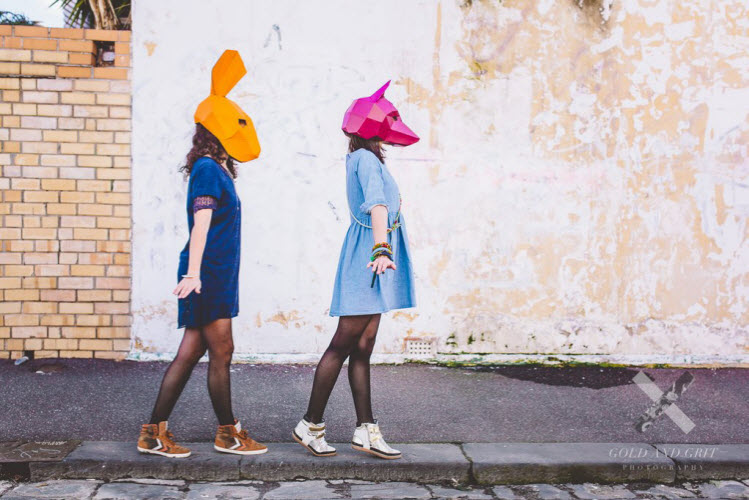
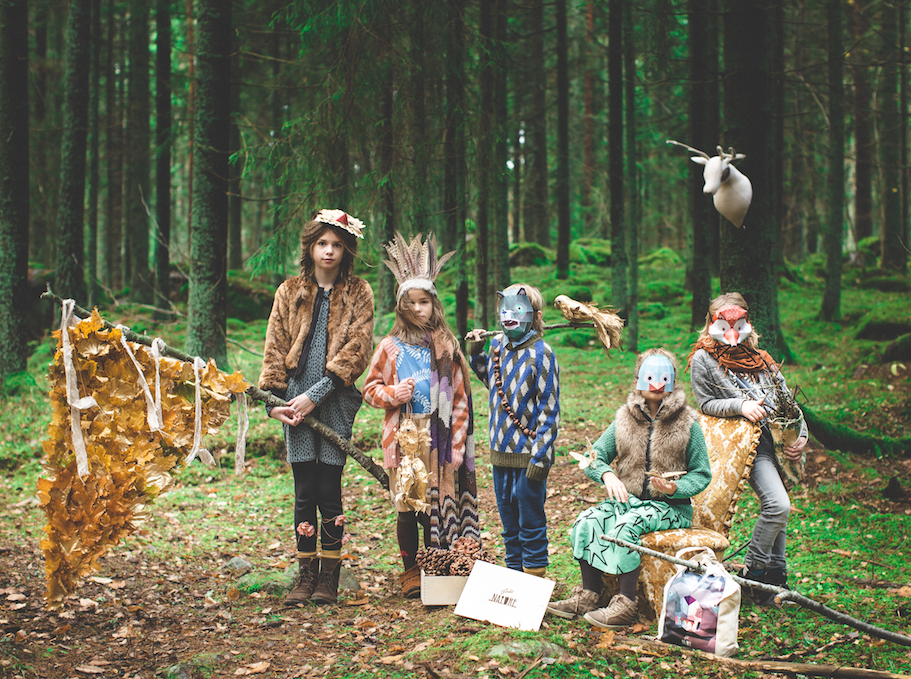
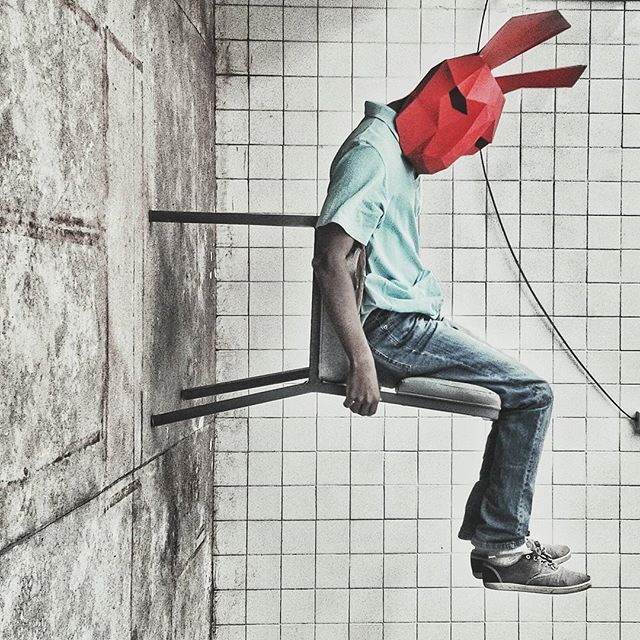

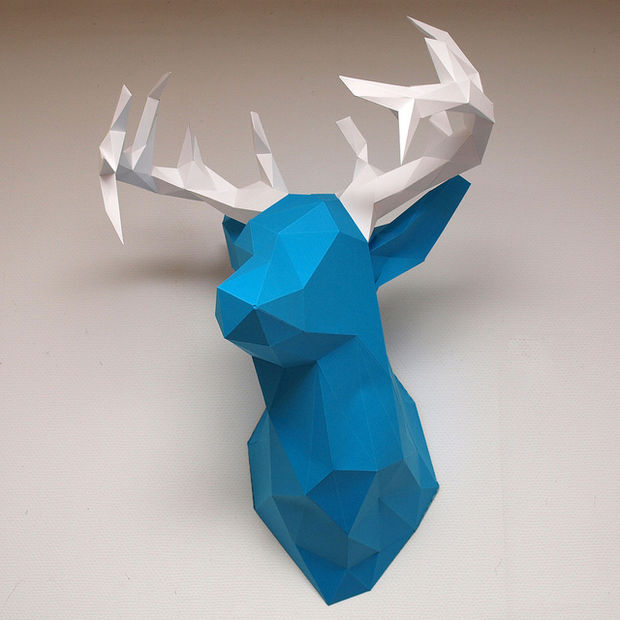



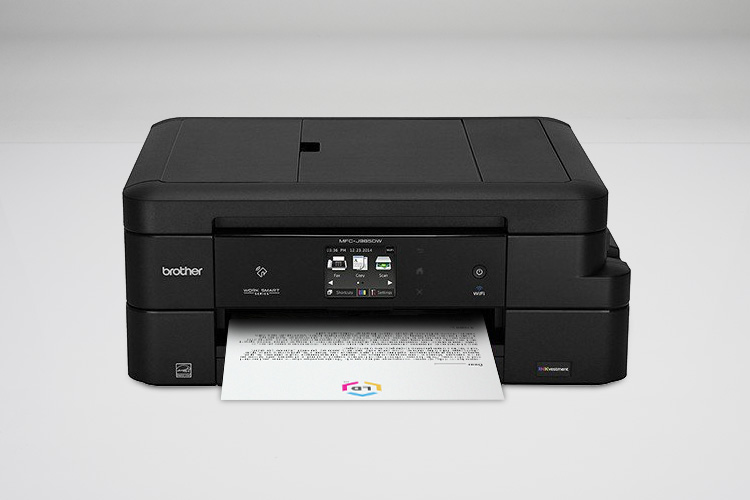

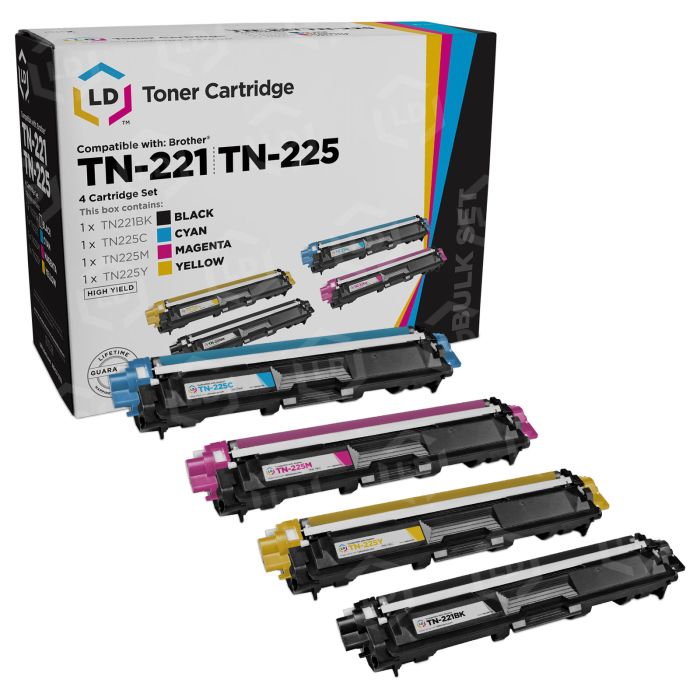

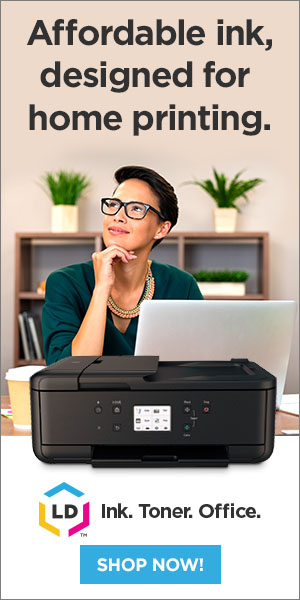
Leave a Reply